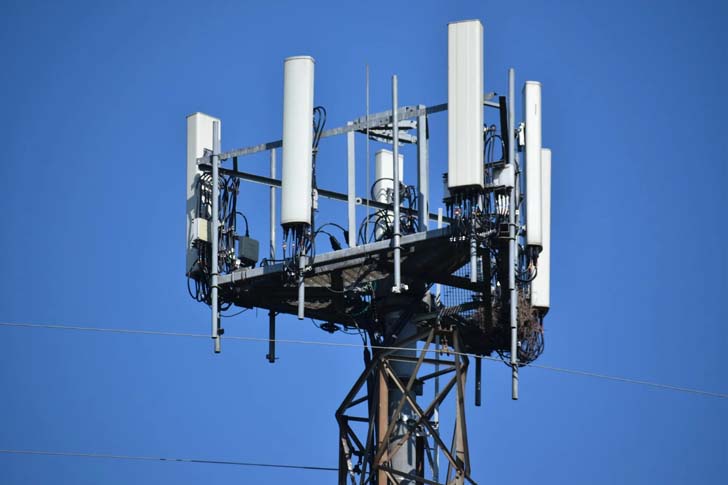Guide To Find The 5G Towers
The rollout of 5G networks globally is transforming the landscape of digital communication by providing faster speeds, more reliable internet connections, and increased capacity. As 5G technology becomes increasingly prevalent, understanding where 5G towers are located can be essential for those looking to leverage this advanced technology for personal or business use. This guide offers practical steps and insights on how to find 5G towers, ensuring you can access the fastest network available.

Understanding 5G and Its Benefits
5G stands for the fifth generation of mobile network technology, succeeding 4G. Each generation aims to fulfill the increasing demand for data and connectivity by the public and industries. The key benefits of 5G include:
- Higher Speeds: 5G speeds are significantly faster than 4G, with the potential to reach up to 10 gigabits per second. This speed enhancement allows for smoother streaming, faster downloads, and more reliable internet access.
- Greater Capacity: 5G can support more simultaneous connections per square kilometer than its predecessors. This capacity is crucial in crowded areas and for the Internet of Things (IoT) devices.
- Lower Latency: 5G networks offer reduced latency, which means quicker response times from the network after sending and receiving information. This is particularly beneficial for applications requiring real-time feedback, like virtual reality or autonomous driving.
How to Find 5G Towers
- Network Providers’ Websites and Apps: Most major network carriers provide maps on their websites or mobile apps that show coverage areas, including where 5G service is available. These maps are updated regularly as new towers are built and existing ones are upgraded to 5G. Examples include the coverage maps provided by Verizon, AT&T, T-Mobile, and other regional carriers.
- Third-Party Websites: Several independent websites and tools can help identify 5G towers. Websites like CellMapper.net allow users to see detailed network data on a map, contributed by a community of users. These tools can be especially useful if you are looking for coverage information across multiple carriers.
- Local Government and Planning Offices: For those interested in detailed and specific locations of telecommunications infrastructure, local government planning offices can be a resource. These offices often have zoning and planning documents that include locations for all types of cell towers, including those for 5G.
- FCC Registration Data: In the United States, the Federal Communications Commission (FCC) maintains a database of registered cell towers, which includes those used for 5G. Accessing this database can provide detailed information about each tower’s location, height, and the carrier that operates it.
- Network Signal Tracker Apps: Mobile applications designed to track network signals can also provide information about nearby towers, including those that are 5G-capable. Apps such as OpenSignal and Network Cell Info offer features that let users see detailed network maps based on their current location.
Considerations When Searching for 5G Towers
- Availability Varies by Region: 5G technology is still being deployed, and availability may vary significantly depending on your location. Urban areas are likely to have more 5G coverage compared to rural regions where 4G might still be prevalent.
- Multiple Bands and Types of 5G: It’s important to note that 5G operates across different bands and types, including low-band, mid-band, and high-band (mmWave) frequencies. Each band offers different benefits, and not all 5G towers will support every type of 5G service.
- Updates and Developments: As 5G is relatively new and rapidly evolving, staying updated on the latest developments from your preferred network provider or official communications from technology experts can be beneficial.
Conclusion
Finding 5G towers can enhance your understanding of network coverage and help you make informed decisions about your internet usage and mobile carrier choice. Whether you use carrier maps, third-party tools, or direct data from the FCC, being informed about where 5G is available is crucial as the technology becomes more widespread. As networks continue to expand and improve, keeping a pulse on where these developments occur will ensure that you are always at the forefront of the latest in connectivity technology.







Recent Comments